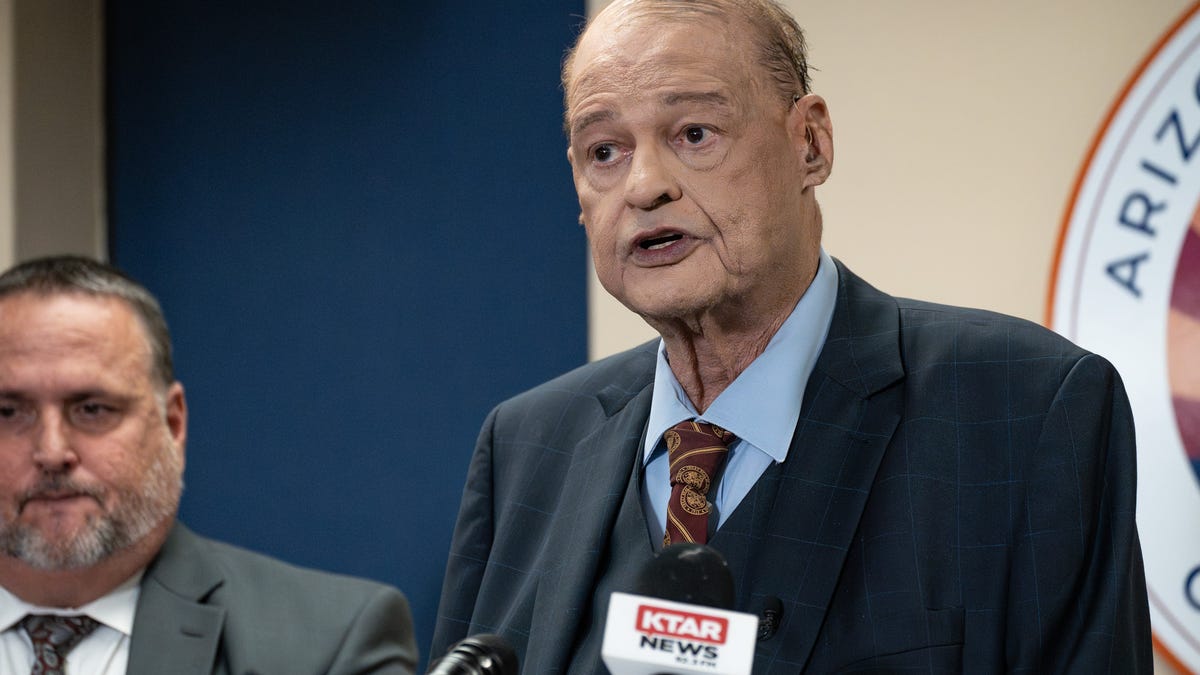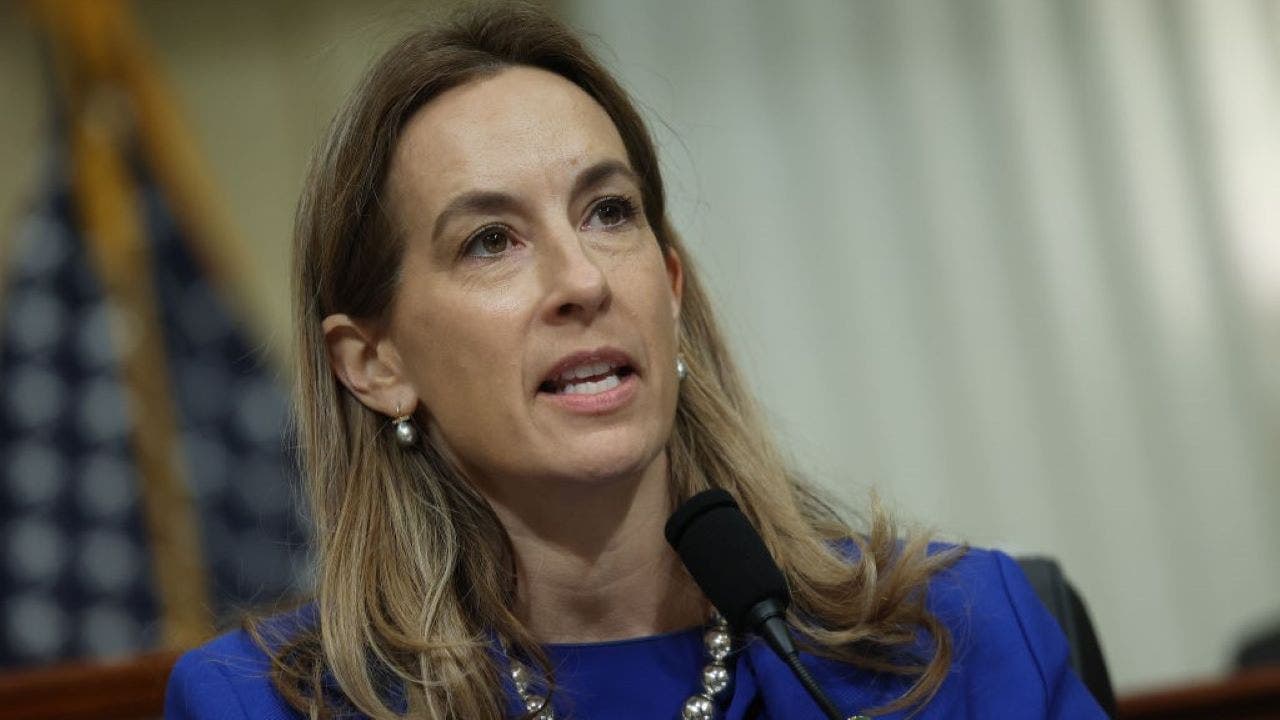Watch Iowa farmer describe rebuilding after a April tornado
Scott McLaughlin, a fifth-generation Iowa farmer, is rebuilding after a tornado hit his farm. Farmers are frustrated by the support available from the USDA.
Iowa farmers whose livestock and crops were hit by drought, devastating tornadoes and flooding over the past two years may be in line for help from Congress’s nearly $21 billion in disaster assistance.
The U.S. Department of Agriculture said the first disaster assistance payments are expected to roll out by the end of May to livestock producers who experienced losses from drought and wildfires. USDA will disperse other disaster payments throughout the summer, based on a timeline released May 7.
The disaster assistance is part of a nearly $31 billion package that Congress approved in December that provided $10 billion in financial assistance to growers, who are facing a third year of losses with falling crop and livestock prices and stubbornly high expenses.
USDA has rolled out $7.3 billion of the financial aid to farmers so far, the agency’s data shows.
Iowa farmers have snagged the largest share of money at $688 million, followed by Illinois at $630 million and Texas at $603 million. The largest payments so far have gone to corn and soybean growers, the data shows.
Iowa is the nation’s top corn grower and second-largest soybean producer.
USDA’s timeline on the release of disaster aid came as President Donald Trump said May 8 he had crafted a preliminary trade deal with the United Kingdom, a move the president said would increase market access for U.S. farmers, especially beef and ethanol. That’s good news for Iowa, the largest ethanol producer in the nation.
More: Fixing Iowa’s levees will cost hundreds of millions. Half of those inspected: ‘Deficient’
Experts have said that the $31 billion in financial and disaster assistance provides farmers with revenue at a time of uncertainty, with the U.S. hitting agriculture’s largest trade partners with tariffs and cutting exports.
Here’s what to know about the impact of the disaster assistance rollout:
Why are farmers getting disaster payments?
The U.S. was hammered by hurricanes, drought, wildfires and other extreme weather events in 2023 and 2024, the years covered by disaster assistance. The congressionally approved supplemental disaster assistance helps cover losses not paid for through traditional crop and livestock insurance, experts say.
Storms that hit the nation last year, including devastating tornadoes and flooding in Iowa, caused nearly $183 billion in damages and killed 568 people, according to NOAA’s National Centers for Environmental Information.
More: Iowa, Texas farmers top recipients of USDA payments designed to offset losses
And damages from 2023 U.S. disasters totaled $92.9 billion, including a drought that hit Iowa and other Midwestern and Southern states. The drought cost an estimated $14.5 billion, according to NOAA, which is no longer tracking the cost of severe weather events due to the Trump administration’s budget cuts.
2023 was the second straight year that portions of the Mississippi River experienced record-low water levels that impacted farmers’ ability to move corn, soybeans and other goods to export markets.
What’s USDA’s plan?
U.S. Agriculture Secretary Brooke Rollins said May 7 the federal agency is developing the rules to expedite disaster assistance payments for farmers experiencing livestock losses due to wildfires, drought and flooding; crop losses from weather events; and two block grant programs for several states, neither of which includes Iowa.
Starting with payments to livestock producers experiencing losses due to drought or wildfires in late May, assistance for livestock and crop losses are expected to roll out through September.
What does it mean for Iowa farmers?
USDA didn’t immediately respond to a request seeking information May 8 about how Iowa farmers might be helped through the disaster assistance. Iowa Agriculture Secretary Mike Naig’s office also said he’s awaiting guidance.
Iowa has struggled with extreme weather. Last year was a record year for tornadoes, with a total of 125 touching down, including deadly twisters that hit the towns of Minden and Greenfield. Iowa also experienced record levels of flooding in northwest Iowa, hitting Rock Valley, Spencer and other communities.
Aaron Lehman, the Iowa Farmers Union board president, said he’s concerned that USDA employee cuts will leave farmers struggling to get information about the disaster assistance. Already, Iowa farmers already are being notified that Farm Service Agency offices are reducing hours, he said.
Local Farm Service Agency offices are “instrumental in making sure … money gets into farmers’ hands,” Lehman said.
Rollins said at a Senate hearing May 6 that USDA is looking to fill critical positions after agreeing to pay more than 15,000 employees’ salaries and benefits through September in exchange for their resignations, Reuters reported.
Rollins, however, said it’s not the agency’s plan to close Farm Service Agencies that provide on-the-ground assistance to farmers.
Donnelle Eller covers agriculture, the environment and energy for the Register. Reach her at deller@registermedia.com.


























